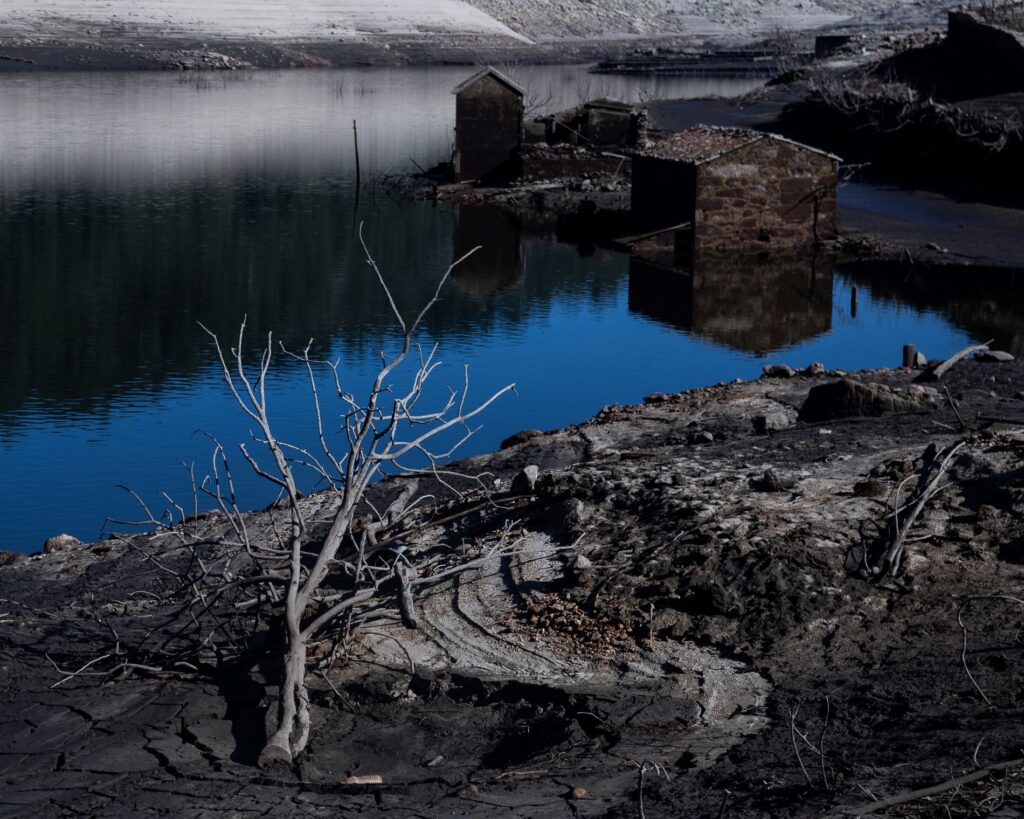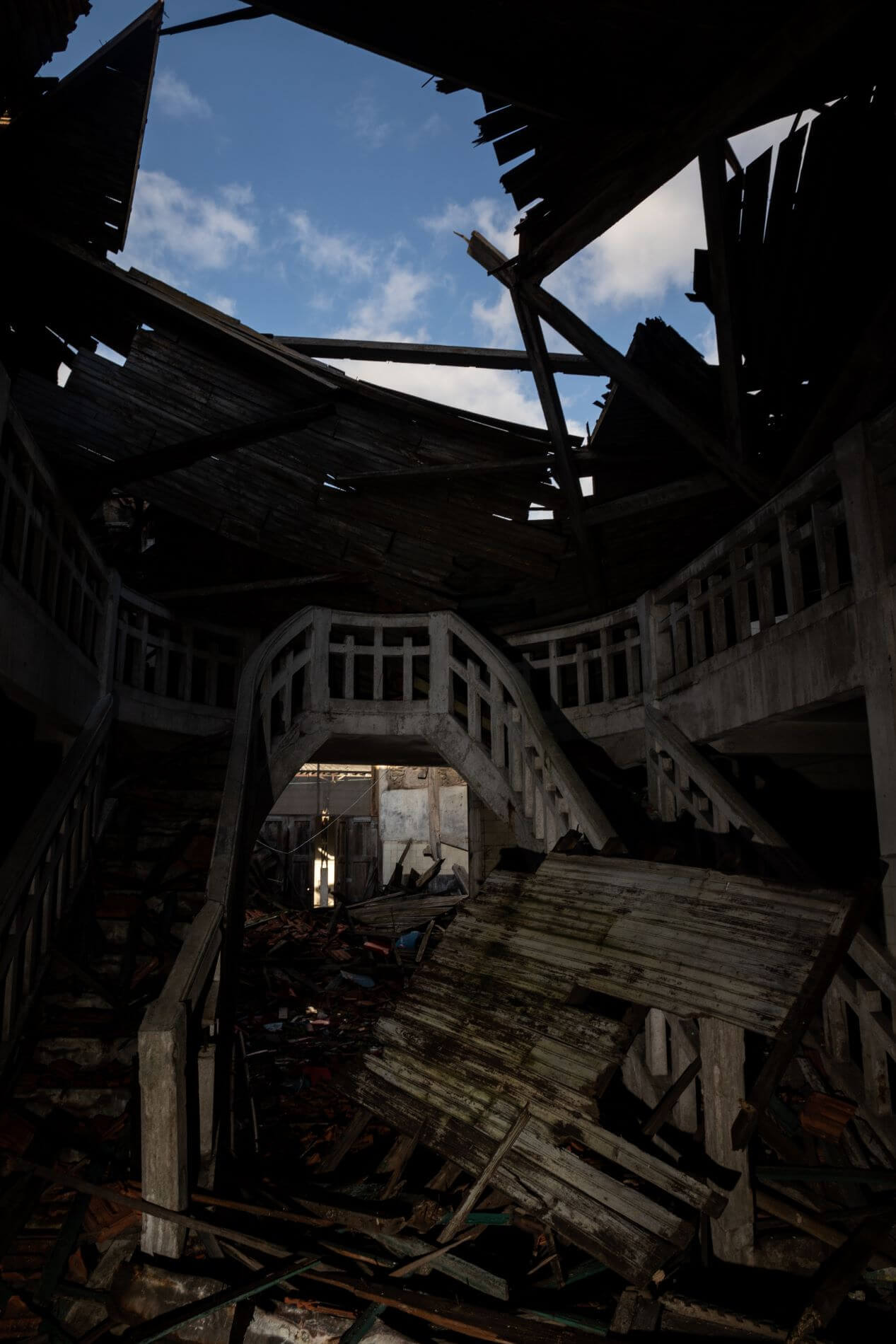The Alto-Lindoso Dam stands proudly at the heart of Portugal’s hydroelectric energy generation infrastructure. In addition to the financial cost, Aceredo, a small village, was also sacrificed. Its impact extends far beyond energy production, shaping both landscapes and communities that span the Portugal-Spain border. This colossal feat of engineering came to fruition with an investment exceeding 700 million euros, a figure adjusted to account for inflation and the sheer magnitude of the project.
The Submersion of Aceredo: The Prelude of the “Galician Atlantis”
In the year 1992, the Alto-Lindoso Dam marked a remarkable cross-border venture, harnessing the might of the Lima River to yield clean and sustainable electricity. Yet, monumental progress often exacts a toll, as witnessed in the transformation of Aceredo, a small village, forever embedded in this narrative. On 8 January 1992, when the Alto-Lindoso dam was put into operation, its inhabitants were evicted and the village was submerged underwater. The news got coverage in both Portugal and Spain, with it being particularly concerning how it mainly affected Spanish communities while feeding into the Portuguese hydroelectric system. And although locals protested heavily, the path was already set.
From Thriving Community to Watery Depths
Once a thriving community, the village met its fate as the dam’s waters surged and enveloped its existence. This poignant event led to a nearly three-decade-long submergence, where the village’s streets and homes were concealed beneath the reservoir’s surface. Due to droughts, some remnants were occasionally visible. The village, now submerged by the waters of the Alto-Lindoso Dam, stood still in time, symbolizing a bygone era and the memory of its inhabitants.
Resurgence Amidst Climate Change and Drought
The passage of time, coupled with the undeniable influence of global warming and localized drought, has triggered an astonishing transformation. Aceredo, long-held beneath the Lima River, gradually reemerged from its watery slumber. As water temperatures rise and reservoir levels recede, the contours of the village reappear, revealing the vestiges of its past and the way of life of its former residents. It became synonymous with the “Galician Atlantis,” a poignant testament to history and remembrance. The village’s submersion became an emblem of the cost of progress and development, etched against the backdrop of the dam’s creation.
Nature’s Resilient Response and Tourist Appeal
The re-emergence of the submerged landscape brings the echoes of history and nature’s indomitable response to change. The once-submerged village now witnesses the emergence of vegetation, seizing the opportunity to flourish in this evolving environment. A living testament to nature’s tenacity, it is drawing the gaze of visitors and tourists. This evolving landscape serves as a unique convergence of history and environmental transformation, where history and nature intertwine in a poignant display.
The Alto-Lindoso Dam: Shaping Progress and Identity
The Alto-Lindoso Dam remains an emblem of innovation and advancement, driving energy production and molding the identity of the region. Yet, it serves as a reminder of the delicate equilibrium between human ambition and the natural world. It underscores the profound impact of such ventures on both physical landscapes and intangible cultural heritage. As the submerged history of Aceredo resurfaces, it stands as a poignant reminder of the enduring consequences of monumental engineering undertakings, influencing the world around us in profound and lasting ways.
Photographing the height of the drought
I had a chance to photograph the village of Aceredo, and its surroundings in 2021, at the height of the drought and around the time it was first found that the village was re-emerging. It is a set of photos that aim to put on display the impact it had on the landscape and communities it forced to move. It also shows the way that nature reclaimed the space, in a constant fight with the draught that has plagued the area since 2020. Prints are available in the store and on Colectivo Besta.



